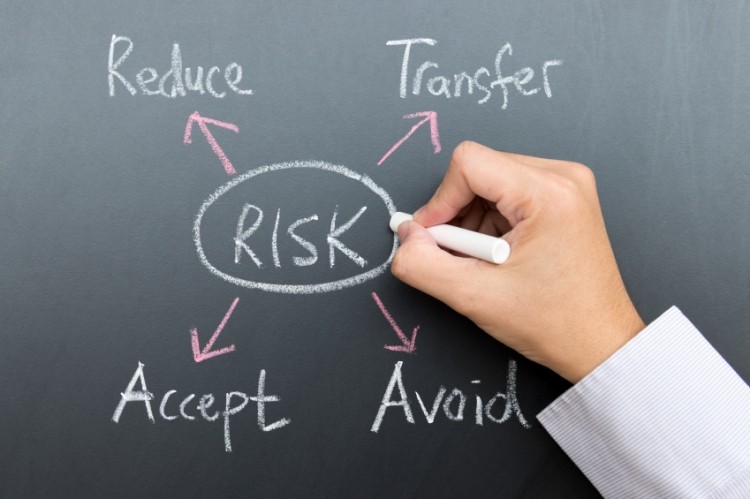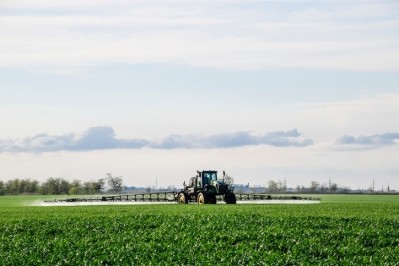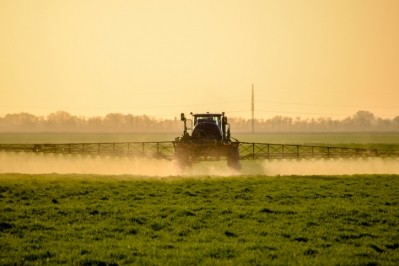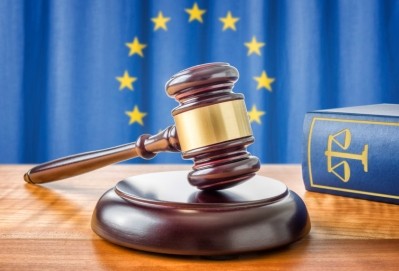ESFA to assess risks to livestock from glyphosate in feed

It was mandated to do so by the European Commission in February this year.
The Authority has to complete the risk assessment task by the end of December this year to inform EU risk manager's deliberations on the substance.
In the Commission’s request to the Parma-based risk assessor, Ladislav Miko, DG Sante's deputy director-general, noted EFSA had not raised any concerns about harmful effects of the active substance, glyphosate, on animal health in its review of the compound last year. That November 2015 assessment concluded that glyphosate is unlikely to be genotoxic or to pose a carcinogenic threat to humans.
And while the Commission, continued Miko, is not aware of any information showing a potential problem in regards to glyphosate residues and animal health, the EU executive, nevertheless, wants EFSA to categorically determine if there is any such risk or otherwise.
Data on glyphosate residues
EFSA has been tasked with examining all available information on glyphosate residues in feed, and, in particular, feed imported from outside the EU such as glyphosate tolerant GM crops.
The Commission has recommended that EFSA should seek data from companies involved in the renewal of the EU approval for the active substance glyphosate and maximum residue levels (MRLs) applications.
It said the Parma based EU risk assessor should also solicit information from feed manufacturers selling feedstuffs within the EU market produced from GM crops.
Data on glyphosate residues in GM versus non-GM feed crops and animal feed are scarce and are usually not included in the published results from experiments on GM feed to livestock, according to Aarhus University researchers in a paper published in February 2014.
Background
All food and feed placed on the market in the EU, including products imported into the EU from other markets, has to comply with the maximum residue levels (MRLs) set under Regulation (EC) No 396/2005.
MRL setting is preceded by a consumer risk assessment and thus the absence of harmful effects on human health, said the Commission, is ensured even for products exposed to glyphosate in countries outside the EU.
Animal health aspects, however, are considered for MRL setting only as regards their impact on human health, and, therefore, data in relation to animal health are not required. The Commission thus wants EFSA to plug that gap with this livestock centered review.
In the EU, the MRL for glyphosate is 20mg per kg soybeans/soybean meal; the MRL for barley and oats is also 20mg per kg, but 10mg per kg for wheat.
EU reauthorization of glyphosate
The Commission is currently in the process of deciding whether or not to keep glyphosate on the EU list of approved active substances.
Environmental campaigners had argued that glyphosate should be banned on the grounds that it could be linked to cancer.
In March 2015, the International Agency for Research on Cancer (IARC) classified glyphosate as “probably carcinogenic to humans”.
Earlier this month, the EU Parliament voted in favour of a non-binding resolution proposing the Commission renew the substance but only for seven years. The MEPs also called for an independent review and full disclosure of all the scientific evidence EFSA used in its November 2015 risk assessment.
A leaked document from the Commission, which the Guardian said it has seen, indicated the EU executive is set to reauthorize glyphosate for 10 years.








